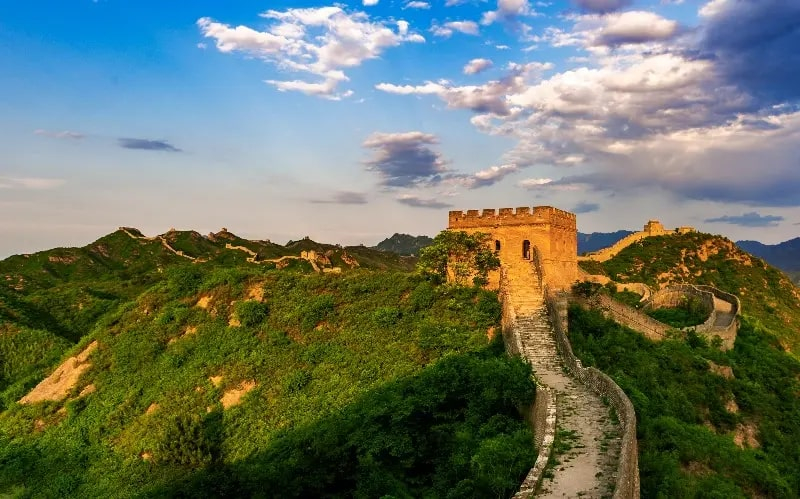Breathtaking Wallpaper of the Great Wall of China
The Great Wall of China is one of the most remarkable architectural feats in human history. Stretching over 13,000 miles, it stands as a testament to ancient China's engineering brilliance and serves as a symbol of resilience and strength. Its stunning landscapes, winding paths, and majestic views make it an ideal choice for wallpapers.
If you’re looking to elevate the aesthetic appeal of your desktop or mobile, a high-resolution wallpaper of the Great Wall of China can do just that. Let’s dive into why this iconic landmark is a perfect choice for your screen background.
The Historical Significance of the Great Wall
Built across several dynasties, the Great Wall of China was originally constructed to protect Chinese states from invasions. Over the centuries, it has become a cultural icon and one of the Seven Wonders of the World. From its towering watchtowers to its endless stretches through lush valleys and rugged mountains, the Great Wall is a visual marvel that represents centuries of history and culture.
Whether seen under a golden sunset, blanketed in snow, or winding through dense forests, the Great Wall offers countless breathtaking perspectives to enhance your screen.
Why Choose Great Wall of China Wallpapers?
1. Iconic Landmark: The Great Wall is instantly recognizable and adds a touch of global significance to your device background.
2. Scenic Beauty: Its winding structure through mountains and plains creates a stunning visual perfect for desktop or mobile use.
3. Inspiration and Strength: The Great Wall symbolizes endurance and determination, qualities that can inspire you every time you glance at your screen.
4. Perfect for Nature Lovers: Many images of the Great Wall capture the surrounding natural beauty, blending history with serene landscapes.
How to Use the Great Wall Wallpaper
Once you’ve found the perfect Great Wall wallpaper, follow these steps to set it up:
For Desktop:
- Download the wallpaper image in high resolution.
- Right-click on your desktop, select “Personalize,” and set the downloaded image as your wallpaper.
For Mobile:
- Save the image to your phone’s gallery.
- Open the “Wallpaper” settings and choose the image to set as your home or lock screen background.
Tips for Choosing the Perfect Wallpaper
- Match Your Screen Resolution: Ensure the wallpaper resolution matches your device screen to avoid distortion or cropping.
- Go for Seasonal Variations: Consider wallpapers of the Great Wall in different seasons—autumn hues, snow-covered landscapes, or vibrant spring greenery.
- Focus on Details: For minimalistic designs, choose images that zoom in on the wall’s intricate brickwork or towering watchtowers.
Exploring the Great Wall’s Visual Appeal
From its rugged mountain stretches to its serene views over valleys, every angle of the Great Wall tells a story. The way it seamlessly blends into the natural environment makes it a captivating choice for anyone seeking a wallpaper that combines history, culture, and natural beauty.
Final Thoughts
Having a wallpaper of the Great Wall of China is more than just a decoration; it’s a daily reminder of the resilience and determination of humanity. Its awe-inspiring structure and picturesque surroundings make it a timeless choice for both desktop and mobile screens.
Download your high-resolution Great Wall of China wallpaper today and let its beauty and strength inspire you every day.





